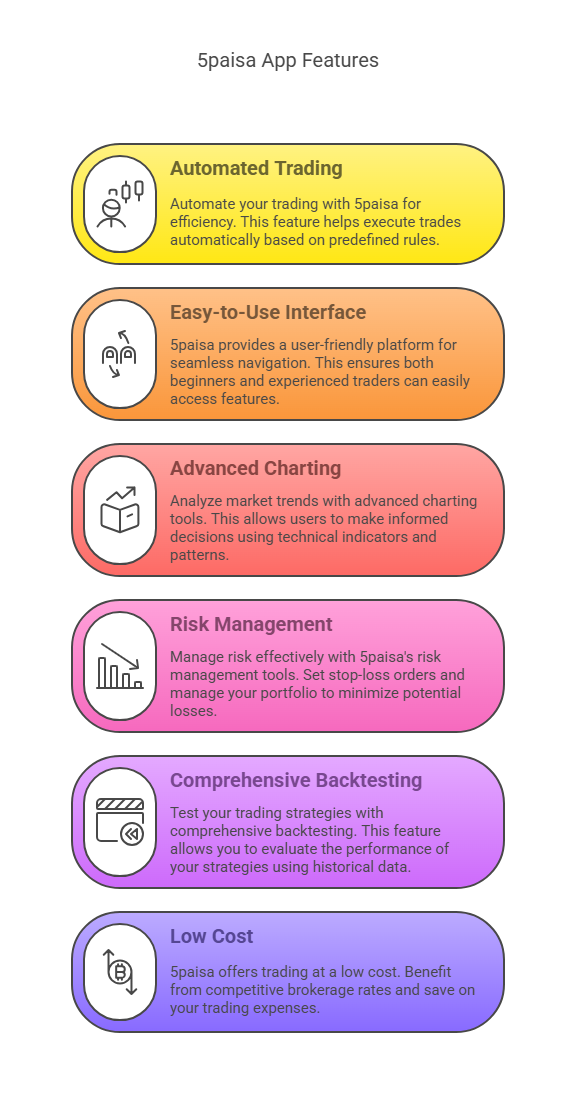Did you know that even the most seasoned day traders sometimes rely on their gut feelings, which can be as reliable as a weather forecast in a hurricane? Backtesting, however, is the antidote to guesswork, providing a data-driven approach to refining trading strategies. In this article, we’ll explore what backtesting is and why it’s crucial for day traders. We'll guide you through selecting the right tools, developing effective strategies, and avoiding common pitfalls. Additionally, we’ll discuss how backtesting can enhance your trading accuracy, reduce risks, and build your confidence. With insights on interpreting results and best practices for seamless integration into your routine, this guide from DayTradingBusiness ensures you're well-equipped to make informed trading decisions.
What is backtesting in day trading?
Backtesting in day trading is testing a trading strategy against historical market data to see how it would have performed. It helps traders evaluate the strategy’s effectiveness before risking real money. By simulating trades based on past price movements, traders can identify which setups work best and refine their approach. It’s a crucial step to build confidence and develop a disciplined, data-driven trading routine.
How do I choose the right backtesting tools?
Choose backtesting tools that match your trading style and asset class. Look for user-friendly interfaces, reliable data accuracy, and customizable strategies. Ensure the software supports your preferred indicators and offers robust performance analytics. Test multiple tools with small trades to see which integrates smoothly into your daily routine. Prioritize tools with good support and community resources to troubleshoot and improve your backtesting accuracy.
Why is backtesting important for day traders?
Backtesting helps day traders evaluate strategies before risking real money, revealing what works and what doesn’t. It identifies profitable setups, minimizes risky trades, and improves decision-making accuracy. By simulating trades on historical data, traders can refine entry and exit points, making their routines more consistent. It also builds confidence and reduces emotional trading mistakes, leading to more disciplined, successful day trading.
How do I develop a trading strategy for backtesting?
Define clear entry and exit rules, choose relevant indicators, and set your risk parameters. Use historical data to simulate trades based on these rules, then analyze performance metrics like profitability and drawdown. Refine your strategy by adjusting parameters and testing again. Ensure your backtesting process mimics real trading conditions, including slippage and transaction costs. Integrate this routine regularly to improve your day trading approach and adapt to market changes.
What data do I need for effective backtesting?
You need historical price data, including open, high, low, close prices, and volume. Also, access to accurate timestamps, trading costs like spreads and commissions, and any relevant news or economic indicators that could impact trades. Having a reliable data source ensures your backtest reflects real market conditions.
How do I avoid common backtesting mistakes?

Use realistic data and avoid overfitting your strategy to past results. Test across different market conditions, not just a single period. Keep transaction costs, slippage, and taxes in your simulations. Don’t modify your strategy based only on past success; validate with out-of-sample data. Regularly review and update your backtesting process to catch biases and errors. Automate your backtests to reduce manual mistakes. Avoid cherry-picking results; analyze the full data set objectively.
How can backtesting improve my trading accuracy?
Backtesting helps you identify which strategies work best by testing them on historical data, reducing guesswork. It reveals patterns and setups that consistently perform, boosting your decision-making accuracy. By refining your approach through backtesting, you avoid emotional traps and impulsive trades, leading to more precise entries and exits. It also shows potential risks and reward ratios, helping you optimize your risk management. Incorporating backtesting into your routine makes your trading more disciplined and data-driven, ultimately sharpening your overall trading accuracy.
What are the best practices for backtesting speed?
Use a high-performance backtesting platform optimized for speed, like QuantConnect or Backtrader. Limit the dataset size to recent data or specific timeframes to reduce processing time. Preprocess data to eliminate unnecessary information and ensure fast load times. Run backtests on a powerful computer or cloud server to avoid local hardware bottlenecks. Optimize your trading algorithms by simplifying logic and avoiding excessive calculations. Use parallel processing or multi-threading if supported. Regularly update and maintain your code to prevent slowdowns. Automate backtests during off-hours to free up resources during trading.
How do I interpret backtest results correctly?
To interpret backtest results correctly, focus on the profit factor, win rate, and drawdowns. Look for consistent profitability over multiple periods, not just a high total return. Check if the strategy performs well across different market conditions. Avoid overfitting by ensuring the strategy is robust and not tailor-made for past data. Use forward testing on live or paper trading to validate backtest outcomes. Remember, past performance isn’t a guarantee, so interpret results as a guide, not a certainty.
Can backtesting help reduce trading risks?

Yes, backtesting helps reduce trading risks by identifying profitable strategies and avoiding costly mistakes before risking real money. It allows you to see how your trading plan would perform in different market conditions, improving decision-making and confidence.
How often should I backtest my strategies?
Backtest your strategies at least once a month to ensure they stay effective. If you change your trading approach or markets, backtest immediately to verify performance. Regular backtesting helps catch flaws early and adapt to market shifts.
What are the limitations of backtesting?
Backtesting can give false confidence if past data doesn’t match future market conditions. It may overlook slippage, transaction costs, or liquidity issues that affect real trading. Overfitting to historical data risks creating strategies that don’t perform live. It also relies on the quality and completeness of historical data, which can be flawed or incomplete. Lastly, backtesting doesn’t account for emotional factors or real-time decision-making pressures.
How do I incorporate backtesting into my daily routine?
Set aside 15-30 minutes each morning or evening to review your trading strategies using backtesting tools. Use historical data to evaluate your current setups, identify patterns, and refine your approach. Keep a dedicated journal or spreadsheet to track backtest results and adjustments. Incorporate backtesting into your routine after analyzing daily trades to see what worked and what didn’t. Use software like TradingView or MetaTrader to streamline the process, making it part of your daily prep or review sessions.
What software options are best for backtesting?

MetaTrader 4 and 5 are top choices for backtesting, offering powerful, user-friendly tools. TradingView’s Pine Script allows quick strategy testing with visual charts. NinjaTrader provides advanced backtesting with detailed analytics. Thinkorswim by TD Ameritrade is great for options and futures backtesting. QuantConnect and Backtrader are open-source platforms ideal for custom, algorithmic strategies. Each fits different trading styles and technical needs.
How do I validate backtest results?
To validate backtest results, compare them against real market data by running forward tests in live or simulated trading environments. Check for consistency over different time periods and market conditions. Use out-of-sample data to see if the strategy performs well beyond the initial testing period. Analyze metrics like drawdown, win rate, and profit factor to ensure they match expectations. Adjust for realistic trading costs, slippage, and latency to prevent overestimating performance. Finally, review the strategy’s robustness by testing it across various asset classes and market regimes.
How can backtesting boost my confidence in trading?
Backtesting shows how your trading strategy would have performed in the past, helping you identify effective setups and avoid risky moves. It builds confidence by proving your system's consistency and revealing how it handles different market conditions. Seeing positive results from historical data reassures you that your approach has a solid foundation before risking real money. Regularly backtesting also sharpens your decision-making skills, making you more disciplined and less impulsive during live trades.
Conclusion about Integrating Backtesting into Your Day Trading Routine
Incorporating backtesting into your day trading routine is essential for developing and refining effective trading strategies. By choosing the right tools, utilizing accurate data, and avoiding common pitfalls, you can significantly enhance your trading accuracy and reduce risks. Regularly validating your results and integrating backtesting into your daily practice will not only boost your confidence but also empower you to make informed decisions. For deeper insights and support in your trading journey, DayTradingBusiness offers valuable resources to help you master backtesting and elevate your trading performance.
Learn about Frequently Asked Questions About Day Trading Backtesting
Sources:
- Trading with Time Series Causal Discovery: An Empirical Study
- Automate Strategy Finding with LLM in Quant investment
- Review of the Federal Reserve's Supervision and Regulation of ...
- The Fed - Comprehensive Capital and Analysis Review and Dodd ...
- Interest-Rate Risk Management Section 3010.1
- Trading and Capital-Markets Activities Manual | Federal Reserve ...